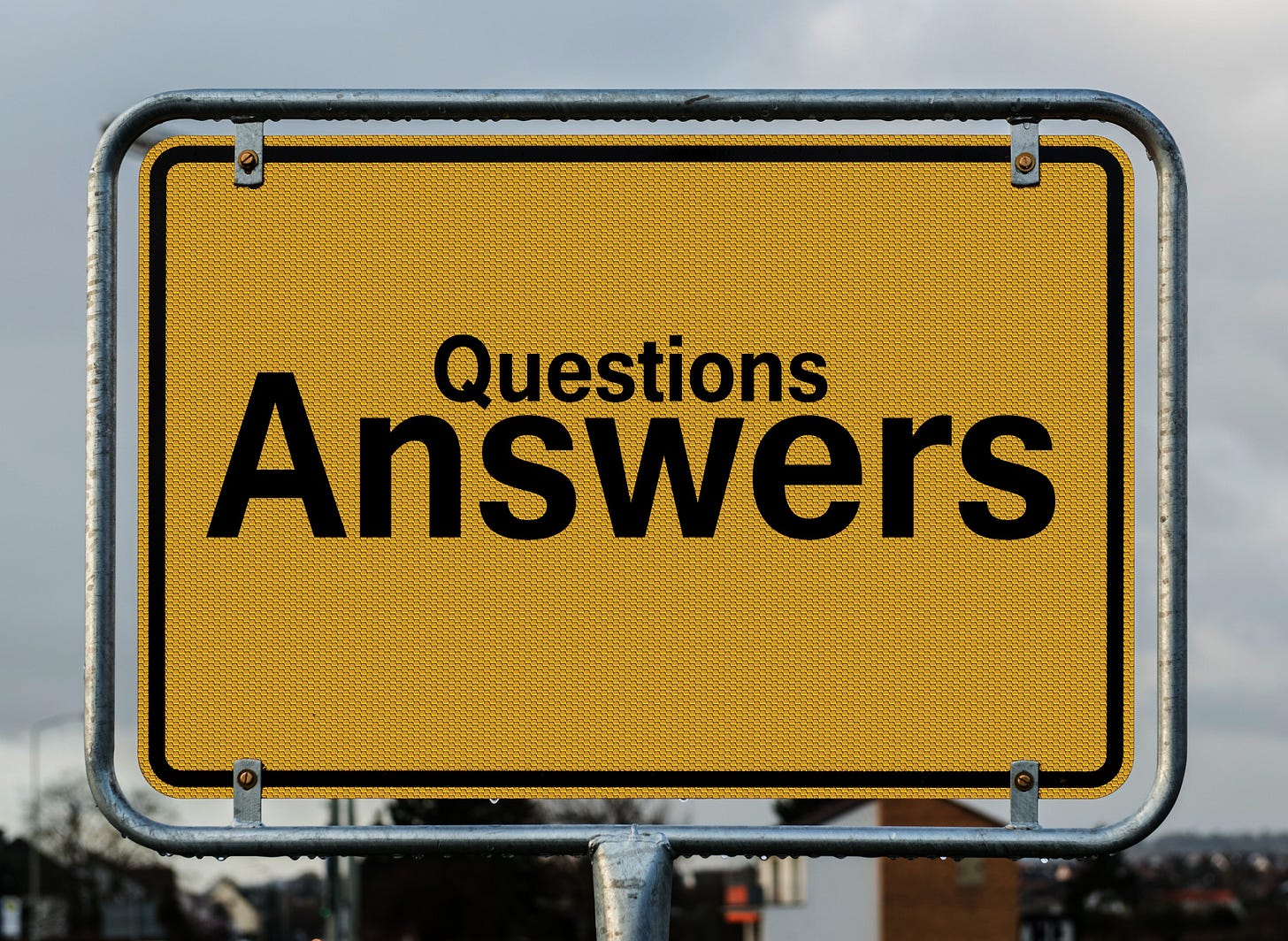I shared some thoughts about using wait time and asking questions last September and wanted to expand on some things to think about when using questions as a teaching strategy. Unless you’re a very experienced instructor - and honestly probably even then - the types of questions you ask and how you ask them can end up working against your learning goals. Think about the times you ask a question in class, and there’s just silence. The silence might be telling you that your students don’t know the answer - but it might also mean that they don’t understand what you’re asking. If you don’t figure out which it is, you’re potentially leaving your students even more confused than before you ever asked the question.
Here are a few helpful strategies for asking questions in thoughtful and productive ways…
Connect questions to course goals.
Think about asking questions that help students to practice the skills they should be mastering in the course. Choose questions that help students to communicate not just the content, but the form and style of communication within the discipline. Will they need to support assertions with evidence on an exam? Will they have to synthesize large amounts of data into easy-to-understand forms? Will they be expected to explain a step-by-step process for how they got to their response? Have them practice those strategies in class.
Start with specific questions & build up to more complex questions.
A year ago I wrote about asking one question at a time versus stacking questions. Look at the question below and think about what a student would need to do to be able to respond.
So, think about what the author is trying to say here. What is the main idea? How does the evidence support what they’re saying…how do they use the evidence and what kinds of evidence do they have? And is this effective at supporting that point or not, do you think, and how do you know?
To the instructor, what they’re asking the students to think about seems fairly straightforward. They want students to identify the main idea, or the main argument, and evaluate how well the author supports that argument. But what they’re actually asking them to do is a multistage cognitive process:
Locate and paraphrase the main idea
Identify where the author provides evidence to support their point
Determine what types of evidence are used
Evaluate the effectiveness of each piece of evidence
That is a lot of heavy lifting for one response - once you break it down, think about whether your students are at the stage where they could reasonably tackle a layered response, or if perhaps taking a step back to break the question down would be better.
Write down & refine questions after class.
As part of your systematic post-class reflection process, write down which questions were the most effective and which were confusing or hard to answer. Were there questions that led students down an inappropriate or unhelpful tangent? Questions that elicited exactly the knowledge and understanding you wanted them to demonstrate? Write down the good and the bad, and use your notes next time you teach the course.
Give students time to think and formulate responses.
Effective use of wait time (5 or more seconds) allows students time to reflect and formulate a response. It’s helpful for all students, but especially for students who are not typically the first to raise their hands. This is also a good time to try out a Think-Pair-Share process to encourage all students to ask and answer questions in a lower-stakes environment.
Respond in a way that continues the dialogue.
Ask another student to summarize and agree/disagree with something they heard. Ask the student to elaborate on why they answered that way or why they came to that conclusion. Continue to ask probing questions that encourage more students to reflect and respond.
Thank students who respond.
A simple “thank you for sharing your thoughts today” at the end of class communicates appreciation for their work and engagement, whether their response was correct or incorrect.



